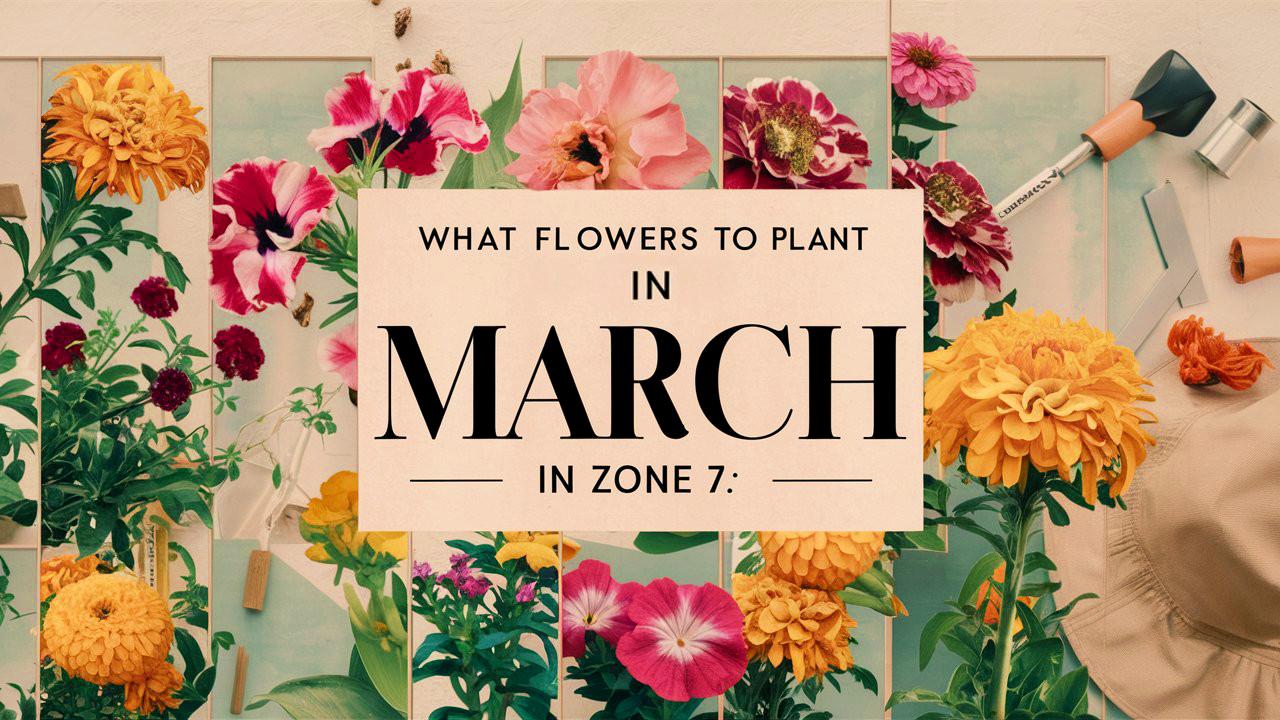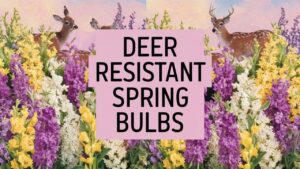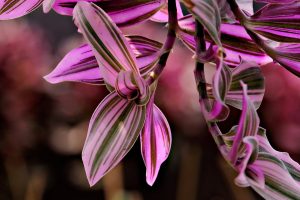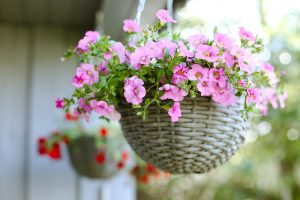March is an exciting month for planting. As the frost begins to wane and the temperatures start to warm, there are numerous flowers that thrive in these conditions. This guide we will explore a selection of stunning flowers ideal for planting in March in Zone 7, each bringing unique aesthetic and environmental benefits.
Bellflower
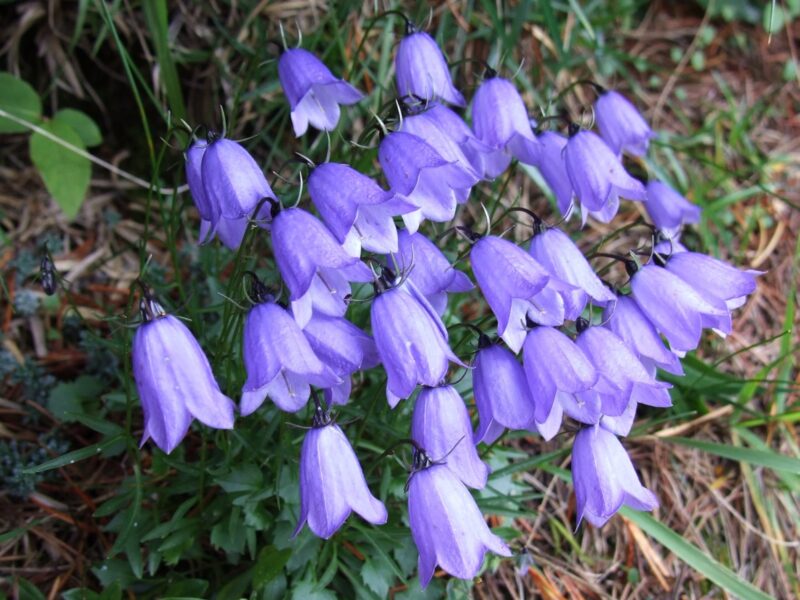
Bellflowers (Campanula spp.) are charming perennials known for their nodding, bell-shaped blooms. These versatile flowers thrive in well-drained soil and can tolerate partial shade, making them excellent candidates for various garden settings. In March, as the soil begins to warm, Bellflower seeds can be sown directly outdoors, or seedlings can be transplanted.
These flowers produce vibrant shades of blue, purple, and white, attracting pollinators such as bees and butterflies. Bellflowers are not only attractive but also low-maintenance; once established, they thrive with minimal care, allowing beginners to enjoy their garden without excessive labor.
For best results, consider planting Bellflowers in a cottage garden, where their informal growth habit can soften the edges of pathways and flower beds. They pair beautifully with plants of various heights and textures, creating a delightful tapestry of color.
Blue Flax
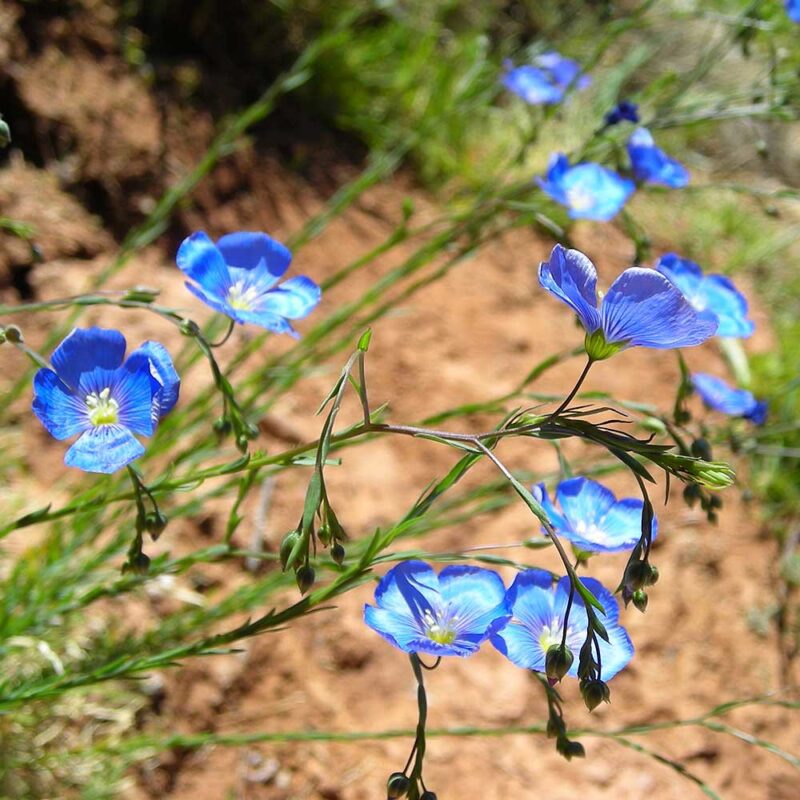
Blue Flax (Linum lewisii) is a stunning, drought-tolerant perennial that can be successfully planted in March in Zone 7. Its delicate, sky-blue flowers bloom from late spring to early summer, and the slender stems sway gracefully in the breeze, creating a lovely visual movement in the garden.
This wildflower prefers well-draining soil and full sun but is forgiving of a variety of conditions, making it an excellent choice for beginner gardeners. Its ability to tolerate dry spells once established makes it a great addition for those looking to conserve water in their gardens.
Incorporating Blue Flax into your landscape design can enhance any space, especially in rock gardens and mixed borders, where its airy presence adds depth. Pair it with ornamental grasses or drought-resistant perennials for a cohesive and attractive garden display.
Carnations
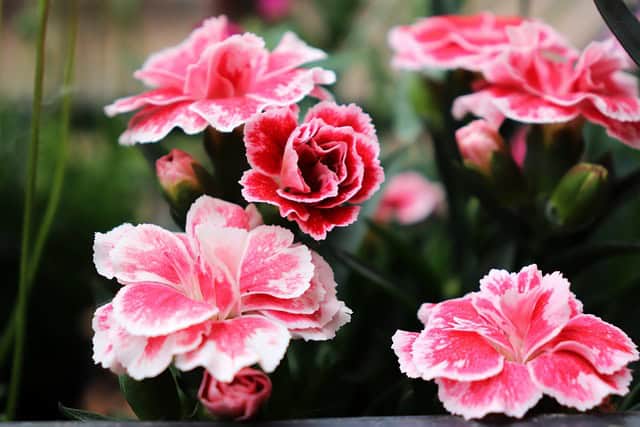
Carnations (Dianthus caryophyllus) are beloved for their fragrance and durability. These charming flowers come in a wide array of colors, making them a versatile choice for any garden. March is an ideal time to plant carnations as they benefit from the cool spring temperatures for germination.
The vigorous, bushy growth of carnations lends itself to both borders and container gardens. They thrive in well-drained, nutrient-rich soil and prefer full sun to flourish. To maintain their compact shape and encourage blooming, deadheading spent flowers is recommended.
Utilizing carnations can add a familiar yet vibrant touch to your garden. Their clove-like scent is an added bonus, often attracting bees and butterflies, enriching the garden’s ecosystem. Whether planted in rows for a colorful border or mixed with other flowering plants in containers, these flowers can transform any space beautifully.
Creeping Thyme
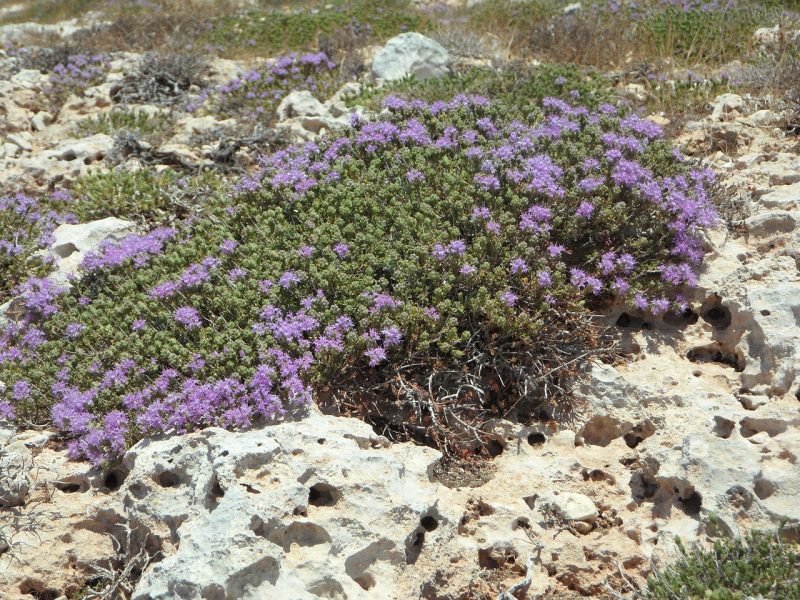
Creeping Thyme (Thymus serpyllum) is a low-growing, aromatic perennial that is perfect for ground cover. Its small, dense flowers bloom in shades of purple and pink, making it a delightful addition to any garden in March. This hardy plant thrives in full sun and well-drained soil, making it a great choice for gardeners looking for low-maintenance options.
Not only is Creeping Thyme visually appealing, but it also emanates a lovely fragrance when walked upon, providing sensory delight in any landscape. This plant is excellent for filling in gaps between stones in walkways or as a filler in rock gardens.
Creeping Thyme is also a pollinator favorite, attracting bees and butterflies, which makes it an eco-friendly choice. Its drought tolerance benefits gardeners in fluctuating weather scenarios, making it a sustainable option for landscapes in Zone 7.
Delphinium
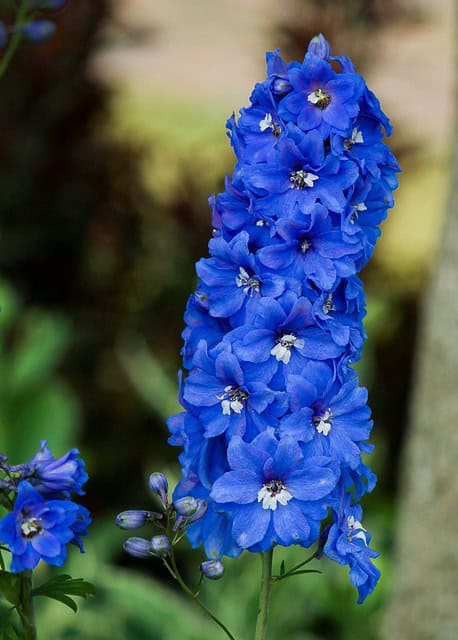
Delphiniums (Delphinium spp.) are stunning, towering perennials known for their impressive spikes of vibrant blue, purple, and white flowers. Planting them in March allows these full sun lovers to take advantage of the early spring growth season. For best results, plant young seedlings or established divisions, as they can require extra care during their early development.
These hardy blooms are often found in cottage gardens or as bold backdrops in flower beds, where their height can offer vertical interest. Delphiniums love rich, fertile soil and regular watering, particularly during their blooming period.
While Delphiniums can be more challenging to grow than other flowers due to their susceptibility to pests and disease, their dramatic appearance and role in cutting gardens make them worth the effort. Their tall, striking presence also serves as a wonderful habitat for bees and butterflies, enhancing biodiversity in the garden.
Feverfew
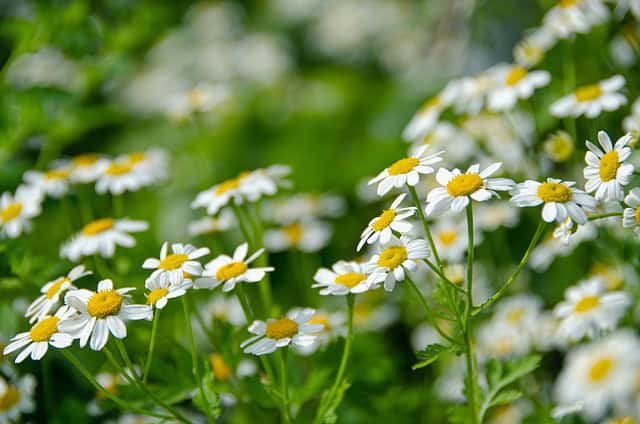
Feverfew (Tanacetum parthenium) is a hardy perennial known for its feathery foliage and small, daisy-like flowers that bloom in clusters. Ideal for planting in March, this flower is not only visually appealing but also offers medicinal properties, often used for its natural remedy benefits, particularly in alleviating headaches.
Feverfew thrives in full sun and well-drained soil, making it an excellent choice for beginner gardeners seeking hardy and low-maintenance options. This plant can be grown as an annual in cooler areas or allowed to perennialize in warmer climates like Zone 7.
With its long blooming season, Feverfew can enrich any flower bed, attracting pollinators while providing color from late spring to early fall. It is also an excellent companion plant, as it helps deter certain pests that affect neighboring plants. Incorporating Feverfew into your garden ensures both beauty and functionality.
Hollyhocks
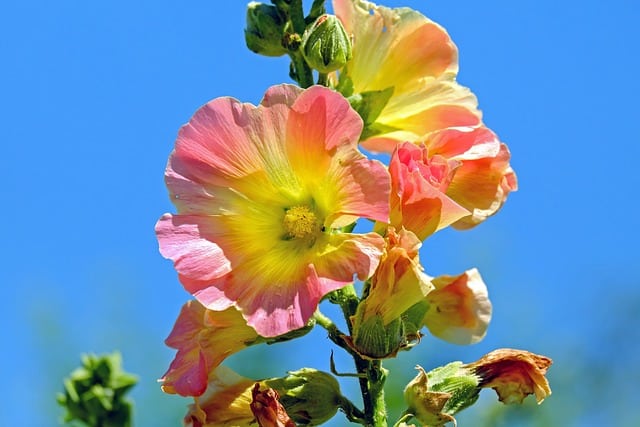
Hollyhocks (Alcea rosea) are tall, stately plants that can evoke a sense of cottage charm in any garden. These biennial flowers can be planted in March and will typically bloom the following summer. Available in a variety of colors from pastels to bold hues, Hollyhocks provide a dramatic vertical element in the landscape.
This flower prefers full sun and rich, well-drained soil. Conditions that mimic their native habitat are ideal for encouraging robust growth. Once established, Hollyhocks are relatively low-maintenance but can benefit from support due to their height, especially in windy areas.
Planting Hollyhocks along fences, walls, or at the back of borders creates an impressive backdrop for lower-growing flowers. These blooms are also favorites among pollinators, drawing in bees and butterflies and enhancing the vibrancy of your garden ecosystem.
Joe Pye Weed
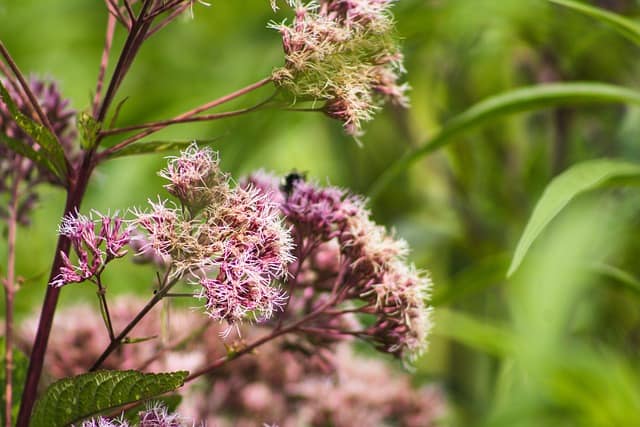
Joe Pye Weed (Eutrochium purpureum) is a striking perennial known for its tall stature and clusters of fluffy pink to purple flowers. It thrives in Zones 7 and is perfect for planting in March when the season begins to warm up. Joe Pye Weed loves moist, rich soil and can tolerate both sun and partial shade.
This flower is not only visually appealing but also beneficial for pollinators. Bees, butterflies, and other insects are attracted to its blossoms, making it an important addition to any garden ecosystem. Joe Pye Weed can reach heights of 4 to 7 feet, making it an excellent choice for the back of a border or as part of a naturalistic planting scheme.
In addition, Joe Pye Weed can help in preventing soil erosion with its extensive root system, which is particularly helpful in garden areas prone to runoff. Its ability to thrive in a variety of conditions makes it an essential pick for gardeners looking to support local wildlife while enhancing their landscapes.
Lupine
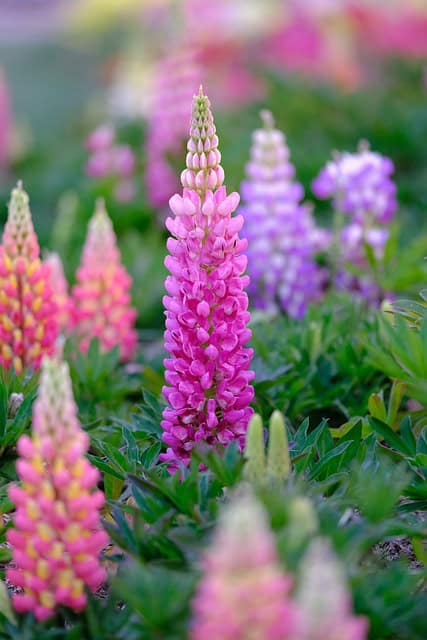
Lupines (Lupinus spp.) are stunning, colorful perennials that start to bloom in early summer, making them an excellent choice for planting in March. Known for their tall flower spikes in various shades of blue, purple, pink, and white, lupines offer a dramatic visual impact and attract bees and butterflies.
This hardy plant thrives in well-drained, acidic soil and full sunlight. Lupines can fix nitrogen in the soil, making improve soil health while nourishing surrounding plants. They are perfect for mixed borders, wildflower gardens, or naturalized spaces, where their upward-reaching spikes create height variation.
Lupines seed readily and can self-seed in garden settings, providing ongoing blooms in subsequent years. For beginners, planting established lupine plants in March ensures a brighter, more colorful garden sooner than from seed.
Painted Daisy
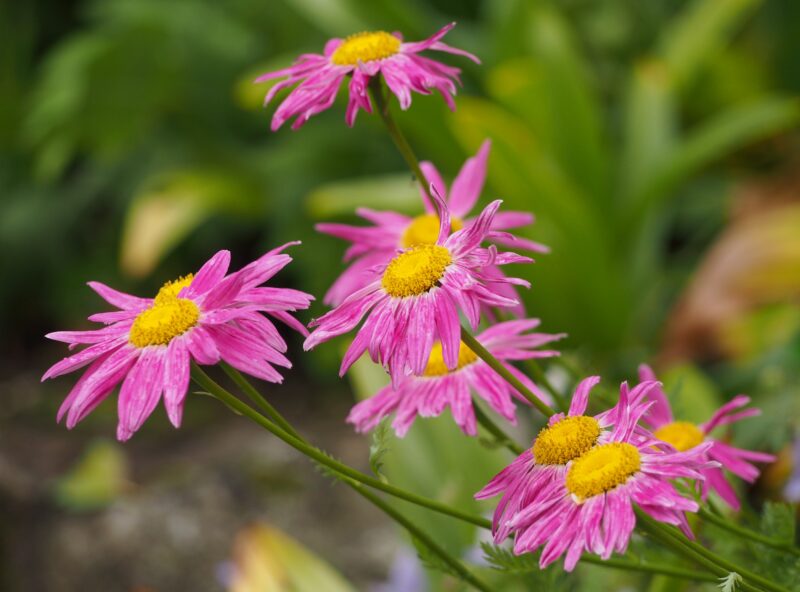
Painted Daisies (Tanacetum corymbosum) are a vibrant addition to any garden, boasting cheerful, multicolored flowers in shades of yellow, red, and orange. They’re easy to grow, making them perfect for beginner gardeners looking for a pop of color. March is an ideal time to sow seeds directly in the garden or start seedlings indoors for transplanting.
These perennial flowers prefer full sun and well-drained soil, thriving in the warm spring sun. Painted Daisies also offer excellent drought resistance once established, making them a low-maintenance choice for gardeners.
Integrating Painted Daisies into your flower beds provides a burst of color and attracts insects like bees and butterflies, enhancing not only the visual appeal of your garden but also supporting local wildlife.
Sneezeweed
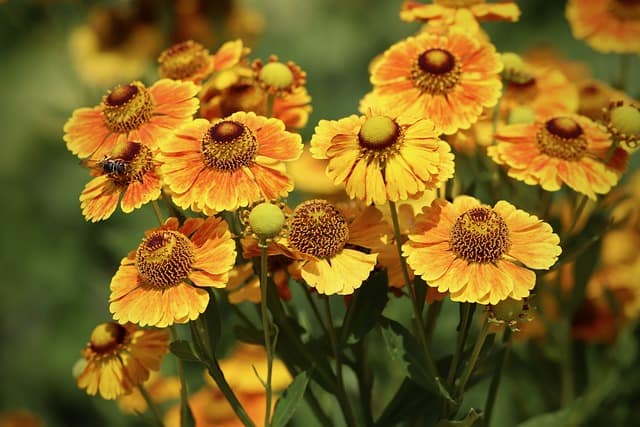
Despite its quirky name, Sneezeweed (Helenium spp.) is a robust perennial that produces stunning blooms in golden yellows and deep oranges. Planting Sneezeweed in March allows for an early start to a summer full of color, as it blooms from midsummer to early fall.
This perennial loves full sun and thrives in moist, well-draining soil, making it an excellent choice for gardens with wetter areas. Known for attracting butterflies, Sneezeweed can add beauty while enriching the local pollinator population.
Sneezeweed’s propensity to grow tall makes it ideal for the back of garden beds or as a striking accent plant in a mixed border. Incorporating Sneezeweed can create dynamic visual displays and offer essential nectar resources to pollinators throughout the summer months.
Stock
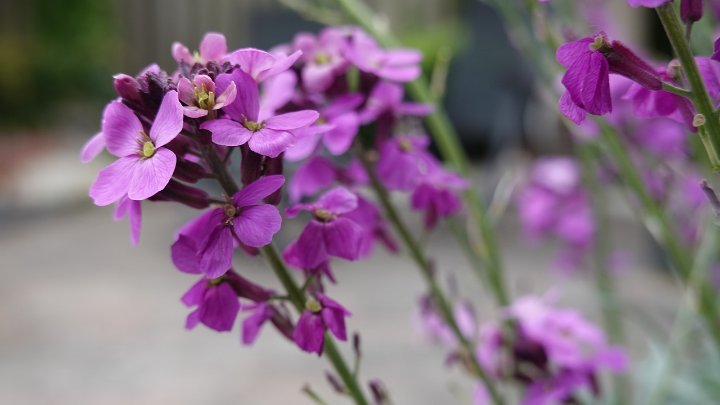
Stock (Matthiola incana) is a fragrant, cheerful flower available in various vivid colors, making it an excellent addition to cool-season gardens. March is an ideal time for sowing Stock seeds directly into the garden or starting them indoors for a head start.
These flowers thrive in well-drained soil and prefer full sun, providing significant blooms throughout the spring. The delightful fragrance of Stock enhances any garden setting, making them especially popular for cutting gardens and bouquets.
As an annual, Stock blooms from late spring through early summer, attracting pollinators while adding visual interest to borders and containers. This flower’s beautiful blooms, coupled with its delightful scent, make it a favorite among beginner gardeners looking to create aromatic and colorful landscapes.
Swamp Milkweed

Swamp Milkweed (Asclepias incarnata) is a crucial player in many ecosystems, particularly for Monarch butterflies, which rely on it as a host plant for their caterpillars. This perennial flower can be planted in March in Zone 7, taking advantage of the cool spring weather to establish strong roots.
Preferring moist, well-drained soil and full sun, Swamp Milkweed produces soft pink flower clusters that bloom in midsummer. These blooms not only add beauty to gardens but also play a fundamental role in attracting a wide range of pollinators.
Planting Swamp Milkweed in rain gardens or near ponds and streams can help stabilize soil and prevent erosion while enriching biodiversity in the landscape. For beginner gardeners, choosing this plant means contributing positively to local ecosystems while enjoying its charming blooms.
Sweet Alyssum
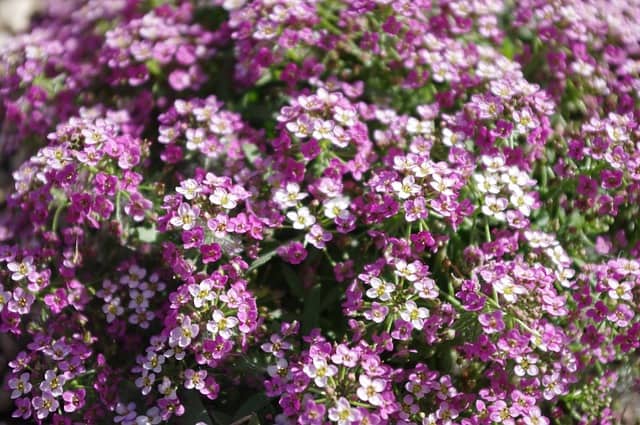
Sweet Alyssum (Lobularia maritima) is known for its tiny, fragrant flowers and sprawling growth habit, making it an ideal choice for March planting. This hardy annual blooms profusely from spring through frost and prefers full sun and well-drained soil.
Its delicate, white, pink, or lavender flowers attract beneficial insects, such as ladybugs and lacewings. Sweet Alyssum’s low-growing nature makes it suitable for borders, hanging baskets, or as ground cover, creating a lush, carpet-like effect in any garden.
The sweet fragrance enhances outdoor spaces, inviting both humans and pollinators to enjoy the garden. For beginners, Sweet Alyssum offers an easy-to-grow option that will flourish throughout the season and provide an ethereal, lovely touch to any landscape.
Oriental Poppy
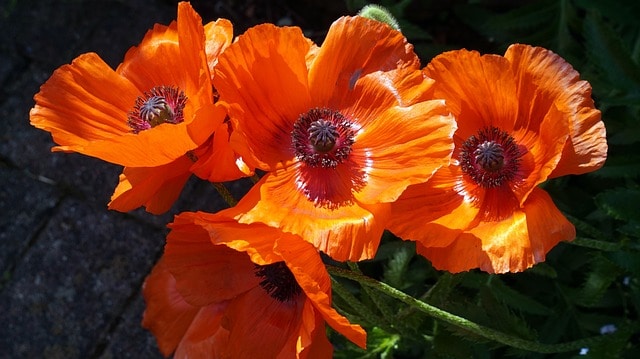
Oriental Poppies (Papaver orientale) are a show-stopping perennial, known for their enormous, brightly colored flowers that can take center stage in any garden. When planted in March, they have a chance to establish themselves before blooming in late spring to early summer.
These poppies prefer full sun and well-drained soils, and while they are relatively low-maintenance, they do benefit from protection from extreme heat conditions. Once established, Oriental Poppies can thrive with minimal water needs, making them a great option for more laid-back gardeners.
Incorporating Oriental Poppies into your garden can provide stunning visual impact while attracting pollinators. Their unique, crinkled petals can stand out against more subdued plants, making them a favorite for garden designs focused on vibrant color schemes.


